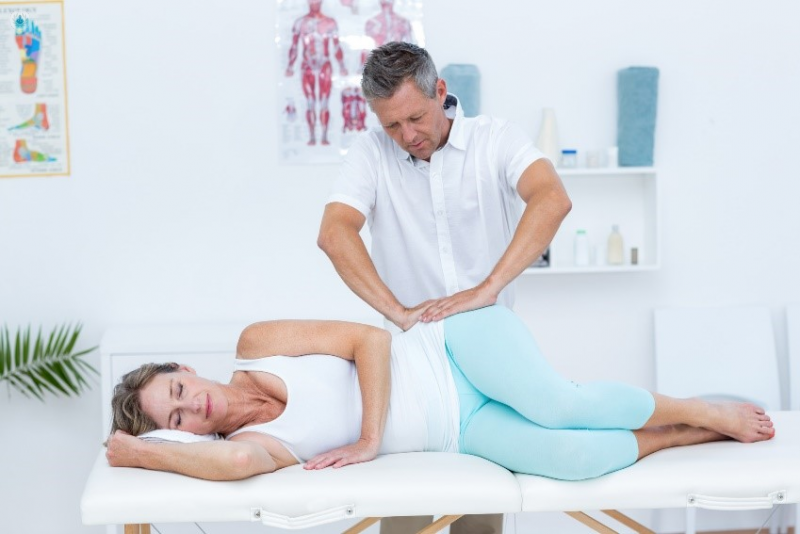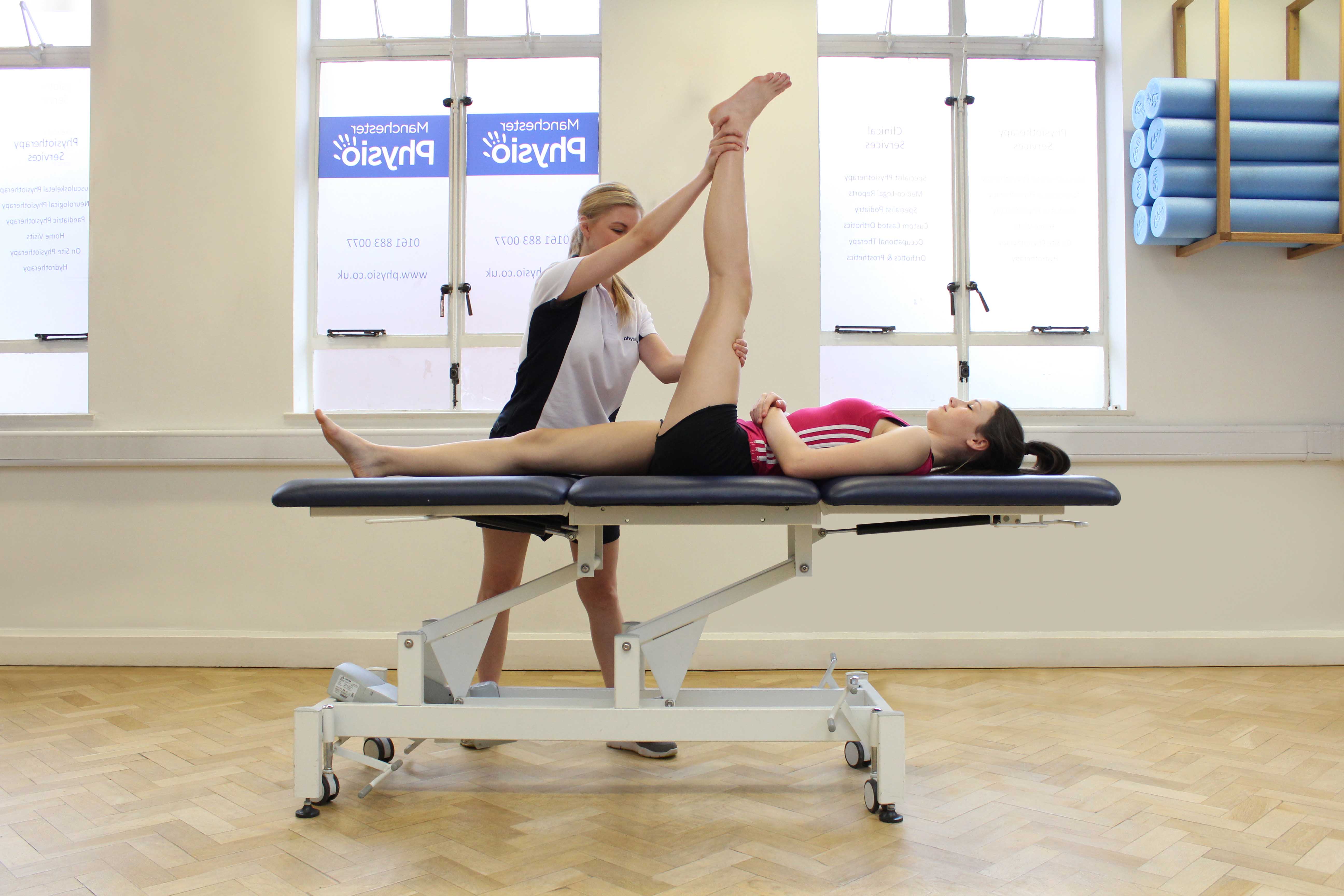Introduction
Welcome to our comprehensive guide on hip flexor pain treatment, where we delve into the causes, symptoms, and effective ways to find relief and promote recovery. If you’re dealing with hip flexor pain, you’re not alone; it’s a common issue that can affect people of all ages and lifestyles. Understanding the condition and following the right treatment plan can make a significant difference in your overall well-being.
Understanding Hip Flexor Pain
Before we dive into the treatment options, let’s take a moment to understand what the hip flexors are and how they can be a source of pain. The hip flexors are a group of muscles located in the front of your hip joint, allowing you to lift your knees and bend at the waist. Prolonged sitting, overuse, or sudden movements can strain these muscles, leading to hip flexor pain.
Common Causes of Hip Flexor Pain
Hip flexor pain can result from various factors. Some of the most common causes include:
- Overuse and Repetitive Movements: Athletes, especially runners and cyclists, are susceptible to hip flexor pain due to repetitive motions.
- Sedentary Lifestyle: Sitting for extended periods can lead to shortened hip flexors and discomfort when they are suddenly engaged.
- Muscle Imbalance: Weakness in other muscle groups, such as the glutes or hamstrings, can put extra strain on the hip flexors.
- Muscle Strains: An acute injury or sudden movement can cause strains or tears in the hip flexor muscles.
Identifying Hip Flexor Pain
Recognizing hip flexor pain is crucial for proper treatment. Common symptoms include:
- Pain in the Front of the Hip: Discomfort is usually felt in the front of the hip or groin area.
- Tenderness: The affected area may feel tender to the touch.
- Limited Range of Motion: You might experience difficulty in fully extending your hip or lifting your knee.
Treatment Options for Hip Flexor Pain
1. Rest and Ice
The initial treatment for hip flexor pain involves rest and applying ice to reduce inflammation. Avoid activities that worsen the pain and give your hip flexors time to heal.
2. Stretching and Strengthening Exercises

Once the acute pain subsides, gentle stretching and strengthening exercises can help improve flexibility and prevent future injuries. Consider adding exercises like the following to your routine:
3. Physical Therapy
Working with a qualified physical therapist can be beneficial in developing a personalized exercise plan and ensuring proper form during workouts.
4. Pain Relief Measures
Over-the-counter pain medications or anti-inflammatory drugs can help manage discomfort during the healing process. Always consult with a healthcare professional before taking any medication.
5. Heat Therapy
Applying heat to the affected area can relax the muscles and alleviate pain. Consider using a warm compress or taking a warm bath.
6. Avoid Prolonged Sitting
If your lifestyle involves extended periods of sitting, take frequent breaks and incorporate standing or walking into your daily routine.
Preventing Hip Flexor Pain
Prevention is essential to avoid recurring hip flexor pain. Here are some preventive measures you can take:
- Proper Warm-up: Always warm up before exercise to prepare your muscles for physical activity.
- Cross-Train: Incorporate a variety of exercises into your routine to avoid overusing specific muscle groups.
- Maintain Flexibility: Regularly stretch your hip flexors and other major muscle groups.
- Stay Hydrated: Proper hydration is crucial for muscle function and overall health.
- Listen to Your Body: If you feel pain or discomfort during exercise, stop immediately and seek guidance from a healthcare professional.
Conclusion
Hip flexor pain can be a hindrance to your daily activities, but with the right treatment and preventive measures, you can find relief and get back to doing what you love. Remember to prioritize rest, consult with a healthcare professional, and follow a comprehensive exercise plan. By understanding and addressing hip flexor pain, you can pave the way for a healthier, pain-free lifestyle.




